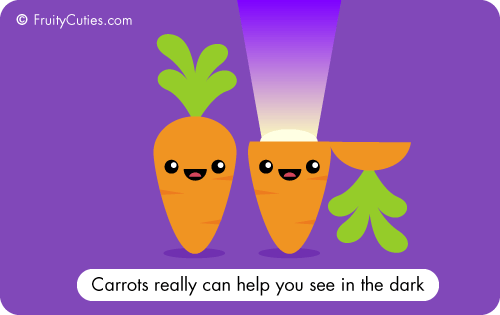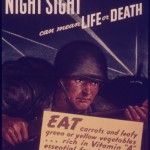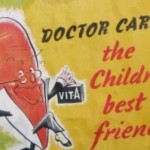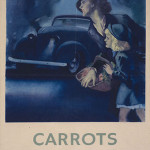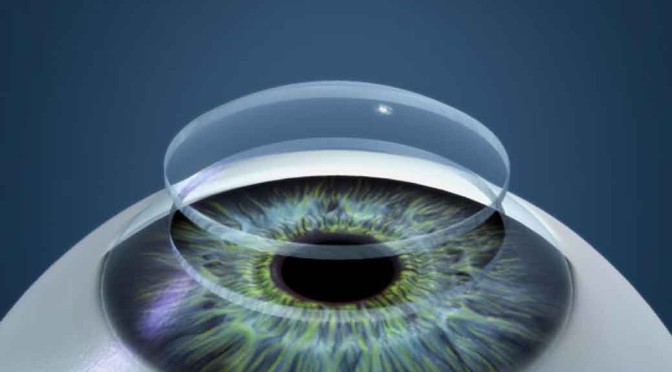By Anupum Pant
I have been lied about taste areas on the tongue, gas station & cellphones and what not! I feel everything I have ever known is wrong. And here we have one other myth that got busted today. I always thought was true. Thanks to the following Vsauce video (0:28 seconds) which opened my eyes and sent me to research on this topic.
I was so sure about carrots helping your eyesight that I had never questioned this belief. My parents told me, the doctors told me, my teachers and every one else (even Kawaii) told me.
Eat more carrots. Carrots will improve your vision.
The truth about carrots
The truth is, carrots of course are good for the health of your eyes like any healthy diet is, but they don’t improve your vision. You won’t start seeing in the dark if you eat more carrots. Your normal diet gets you enough of vitamin – A to keep your eyes healthy. Carrots do no extra magic.
Carrots contain a substance called beta-carotene, which gets converted into vitamin – A and as everyone knows vitamin – A is good for your eyes. Of course the lack of vitamin – A in your diet could land your eyes in a problem. But you normally get enough of it through a normal diet. You don’t need carrots to keep your eyes disease free. Any more of vitamin – A supplied by carrots isn’t going to make your vision better.
What is more interesting is how this propaganda started…
The Interesting Myth Origin
Turns out, “carrots make you see better” was a widespread World war II propaganda, clearly a bold faced lie which was used to save London from the tyranny of Nazi. It probably did better than the best email scam ever. The lie blew up, and today it has reached almost every living kid. I’m pretty sure even textbooks mention this.
During the WWII, the Royal Air Force started using radar to spot Luftwaffe bombers at night. But they wanted to keep this trick of their’s a secret. To achieve secrecy What did they do? They started a propaganda.
A story came into existence. According to it, a very skilled British Pilot, “Cats’ Eyes” who ate a lot of carrots, had developed a night-vision of sorts, and had gained the ability to spot German bombers at night by just tweaking his diet habits. British civillians loved the story and started eating more carrots. They thought it would improve their vision and they’d start seeing at night. The story spread like wild fire. Who would have known that the Cats’ eyes story was a propaganda issued by the Navy to conceal their use of radar technology.
The propaganda of course did save London.
Too much of anything is bad
FYI: Like too much of anything, even too much of Vitamin – A can be toxic. Deaths rarely happen due to this. But, they do!
Also, eating too much carrot may overdose your body with beta-carotene and could cause Carotenemia. As a result, your skin would turn yellow. It looks like jaundice, but it’s harmless and easily reversible.

